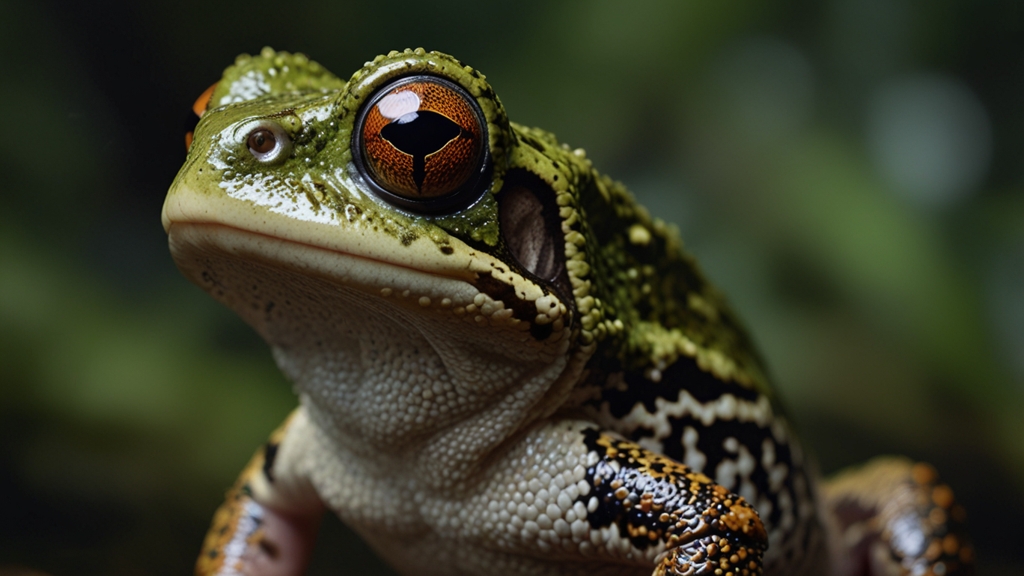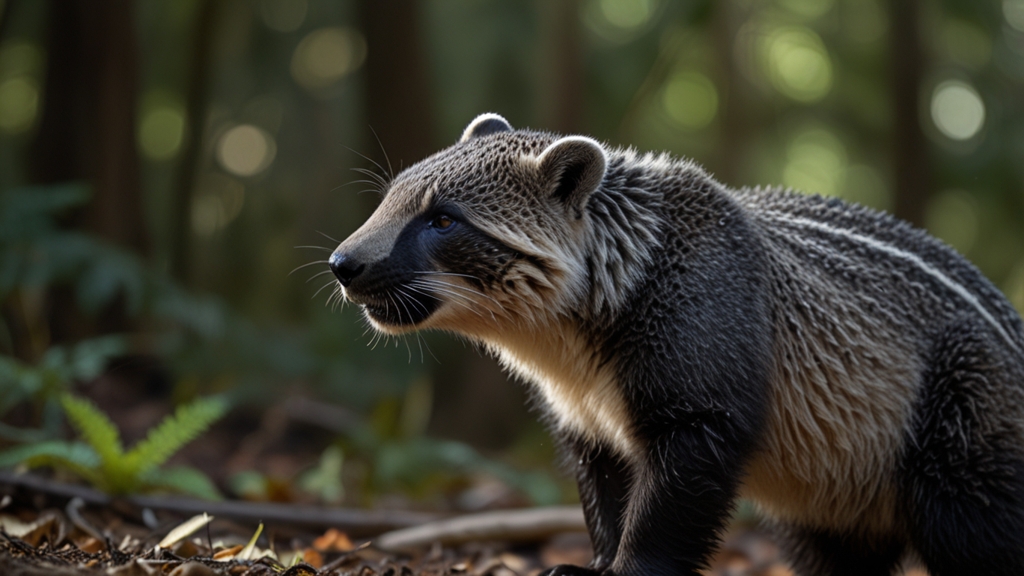Mysterious Migration: The Long Journeys of Oceanic Animals
The vast blue expanse of the world's oceans hides many secrets, one of the most fascinating of which is the incredible migratory patterns of oceanic animals. From the smallest plankton to the largest whales, these journeys are essential to the survival and reproduction of countless marine species. Despite decades of research, much about these migrations remains shrouded in mystery.
The Great Wanderers
Oceanic animals migrate for a variety of reasons. One primary driver is the search for food. The ocean's resources are unevenly distributed, and many species must travel vast distances to find adequate sustenance. Another significant reason is reproduction. Many species travel to specific breeding grounds to ensure their offspring have the best chance of survival. Additionally, some migrations are driven by seasonal changes in temperature and light or to avoid predators.
Spectacular Journeys
Among the most awe-inspiring migratory journeys is that of the humpback whale. These magnificent creatures travel up to 16,000 miles annually, moving between feeding grounds in polar waters and breeding grounds in tropical waters. This migration ensures that they exploit the nutrient-rich waters of the poles during the feeding season and give birth in the warmer, safer waters closer to the equator.
"The journeys of humpback whales are not just impressive in their scope but also in their navigational precision. Despite the vast and featureless expanses of the ocean, these whales manage to return to the same breeding and feeding grounds year after year with remarkable accuracy." - Marine Biologist Dr. Jane Gregory
Underwater Pioneers
Sea turtles, another group of remarkable migrators, also undertake extraordinary long-distance journeys. Loggerhead turtles, for example, travel thousands of miles across oceans to return to the beaches where they were born, to lay their eggs. This form of natal homing demonstrates an incredible ability to navigate through complex ocean currents.
Further adding to the mystique, these journeys start with tiny hatchlings making their way to the ocean, growing and traveling for years until they reach maturity and can complete the cycle. The exact mechanisms behind their navigation are still not fully understood, but factors such as the Earth's magnetic field, water currents, and even the position of the sun and stars are believed to play roles.
Challenges and Conservation
Despite their remarkable resiliency, oceanic animals face numerous threats that can impede their migrations. Climate change is altering ocean temperatures and currents, making traditional migratory routes more challenging. Pollution, particularly plastic waste, entangles and harms many species on their journey. Overfishing reduces the availability of food, and human activities such as shipping and development disrupt essential habitats.
"The dramatic decline in many migratory species serves as a distressing indicator of the growing pressures on oceanic ecosystems. Conservation efforts must prioritize the protection of critical migratory routes and habitats to ensure these extraordinary journeys continue for generations to come." - Conservationist Sarah Hayes
The Future of Oceanic Migration
Understanding and protecting the migratory patterns of oceanic animals is crucial for their survival. Advances in technology, such as satellite tagging and genetic studies, are providing new insights into these journeys. International cooperation is also essential, as migratory routes often cross national boundaries.
Conservation programs are increasingly focusing on protecting key migratory corridors and reducing human-induced threats. By combining scientific research with policy measures and public awareness, there is hope that the mysteries of oceanic migration will not only be unraveled but also preserved.
In conclusion, the long journeys of oceanic animals are a testament to the wonders of nature and the resilience of marine life. These migrations, though still not entirely understood, are critical to the health of ocean ecosystems. As we continue to study and protect these pathways, we celebrate the enduring spirit and extraordinary capabilities of the ocean's great travelers.









